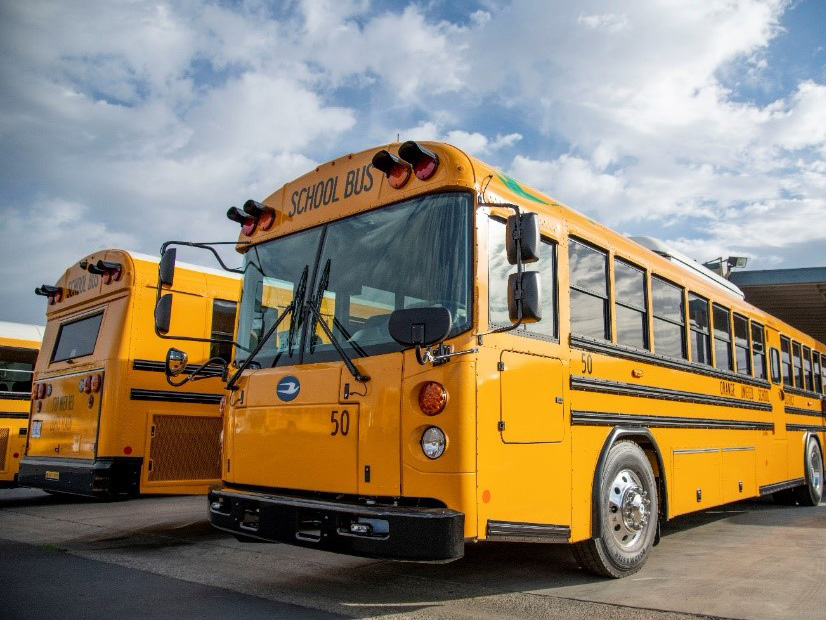
The CT Green Bank told Connecticut regulators Thursday that they should look closely at vehicle-to-grid (V2G) technology for the state’s school bus fleet in their investigation of medium- and heavy-duty electric vehicle (M-HDEV) integration into the power grid.
“There is potential for electric school buses to play a role in reducing peak demand and increasing resiliency of our communities,” CT Green Bank CEO Bryan Garcia said during a Public Utilities Regulatory Authority hearing for the investigation (Docket 21-09-17).
But Garcia also urged regulators to be patient when considering technologies that affect school children.
“We wanted to note that when we think about electric school buses as resources, we need to crawl before we walk and walk before we run,” Garcia said.
In May, Gov. Ned Lamont signed a bill that sets deployment targets for zero-emission school buses of 100% by 2030 for environmental justice communities and 100% by 2040 for all communities.
“School buses, uniquely, have predictable charging locations and times, which can allow them to [support the grid] without negatively impacting their operating schedules and their use as a transit asset,” Sara Harari, associate director of innovation and special advisor to the president at CT Green Bank, said in hearing testimony.
Coordinating and deploying V2G technology for electric buses and other M-HDEVs would support the authority’s goals of integrating new transportation loads and distributed energy resources into the grid cost-effectively, according to Harari. It would simultaneously lower the cost of the state’s energy transition by delaying or avoiding infrastructure upgrades, she said.
The benefits of V2G for the grid would also come with challenges.
“For all M-HDEVs, including school buses, the additional [charge and discharge cycles] required to participate in V2G accelerates the degradation of the battery, thus shortening the useful life of the vehicle,” she said. The frequency of kilowatt hours discharged with V2G participation, she added, could also reduce the EV warranty coverage.
Realizing a V2G school bus fleet will require utilities to have a much better understanding of the temporal and locational needs of the grid, Harari said.
“The Green Bank is not aware of either of the Connecticut-based utilities having this capability today,” she said.
Garcia pointed to the authority’s recently established Innovative Energy Solutions program as the right place for the state’s utilities to test managed charging and discharging for electric school buses. PURA tasked the utilities with administering the program in collaboration with the authority and stakeholders to innovate within the electric sector to meet state climate goals.
In its order establishing the innovation program, PURA estimated that the utilities would issue the first program solicitation in January. Pilot projects chosen under the program will have a $5 million maximum potential award.


